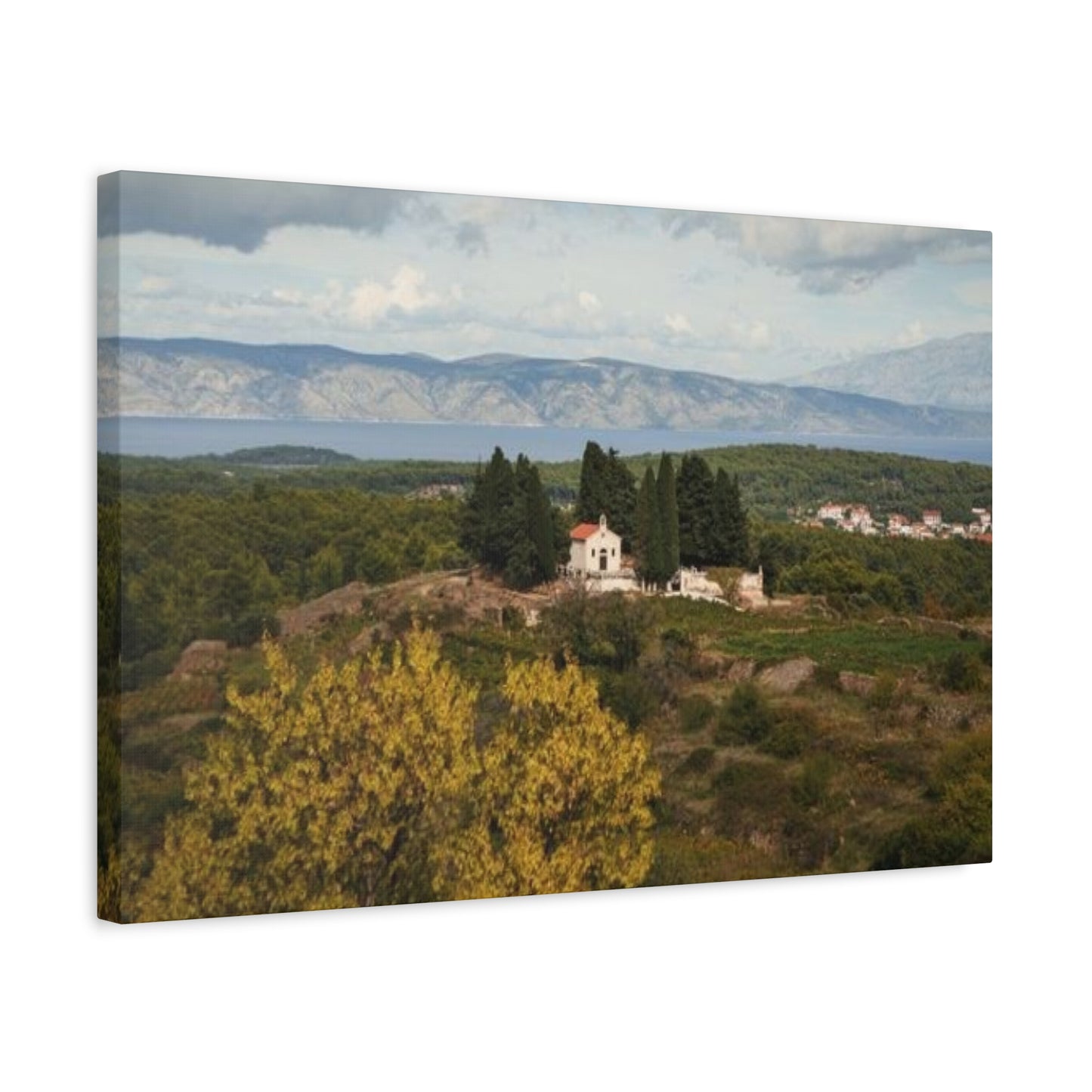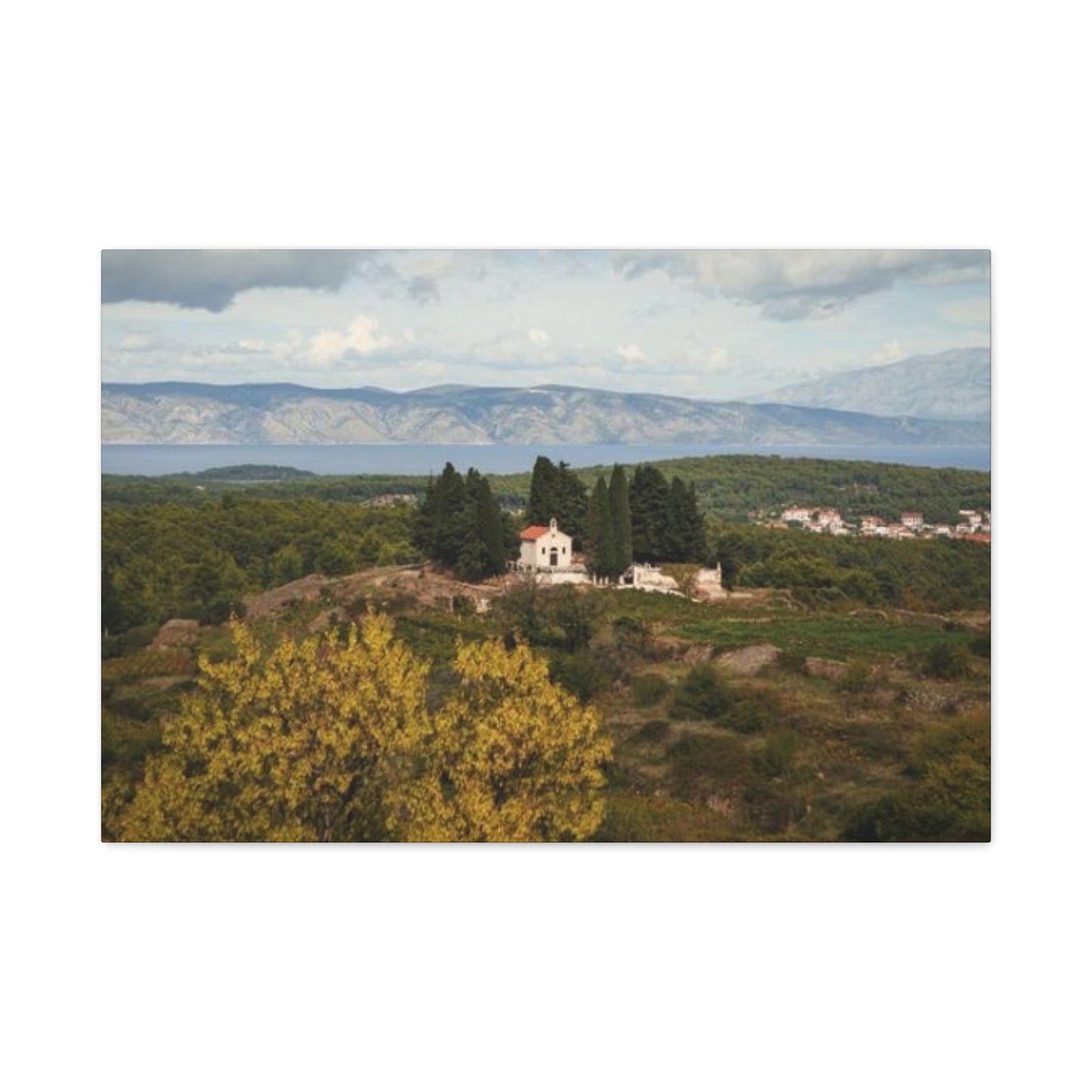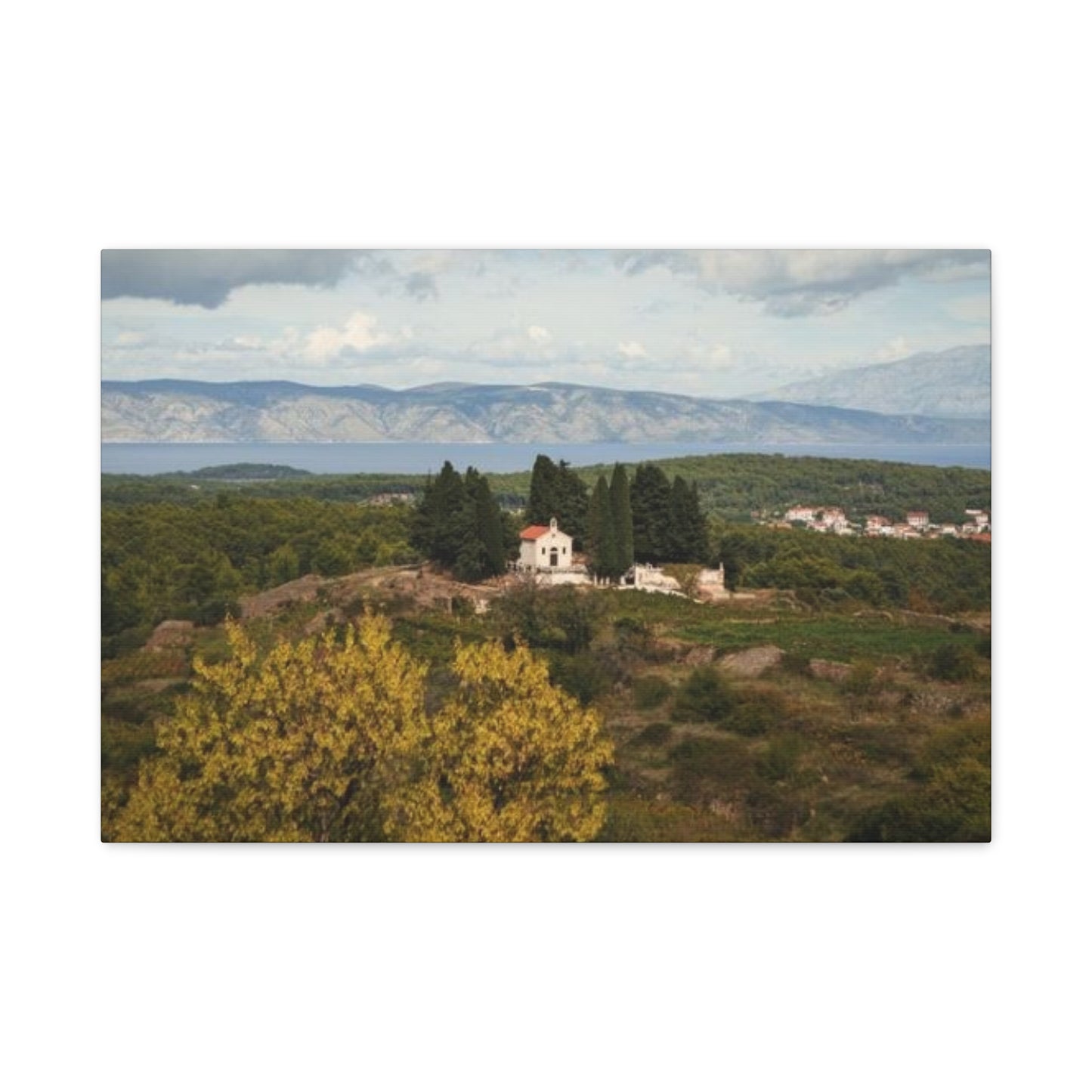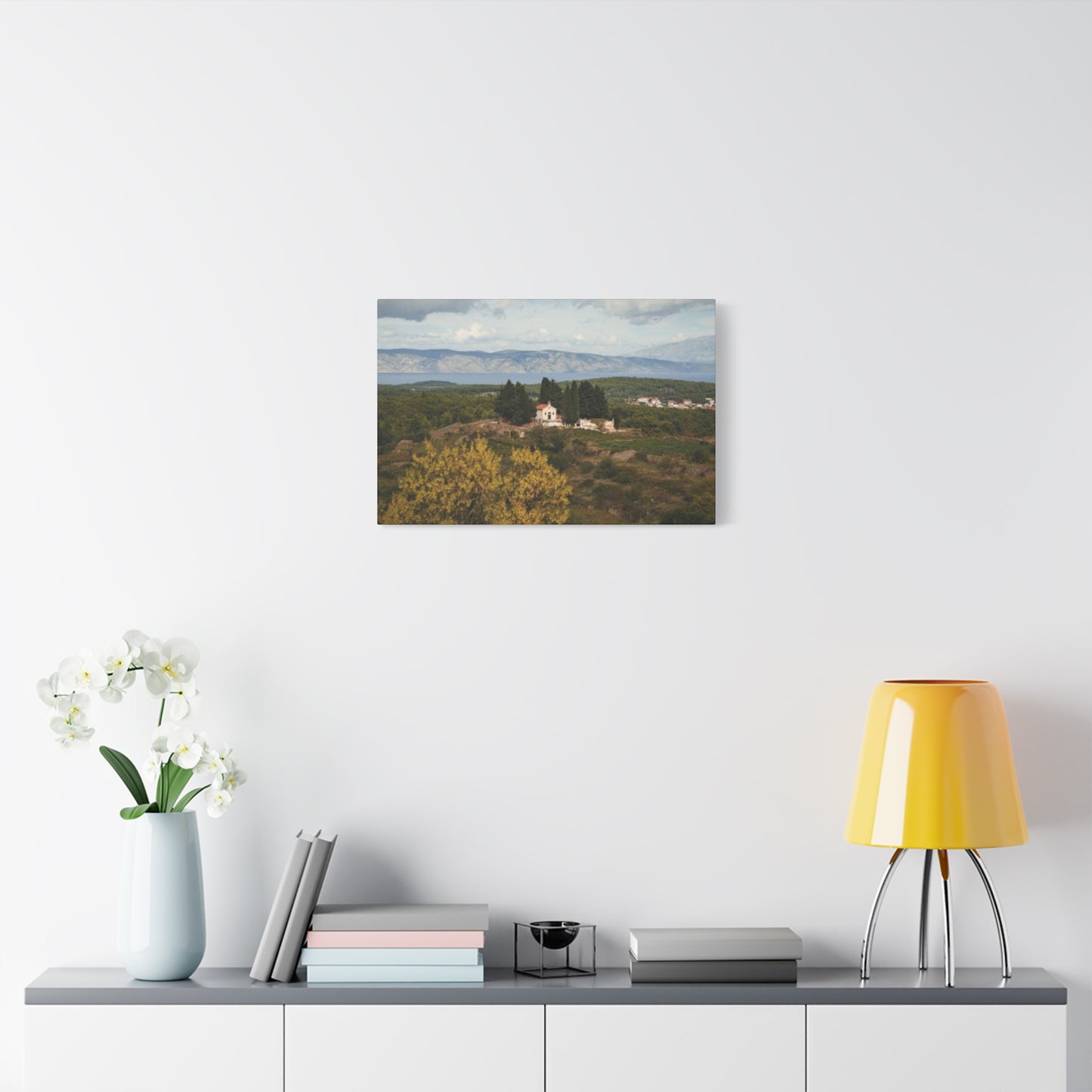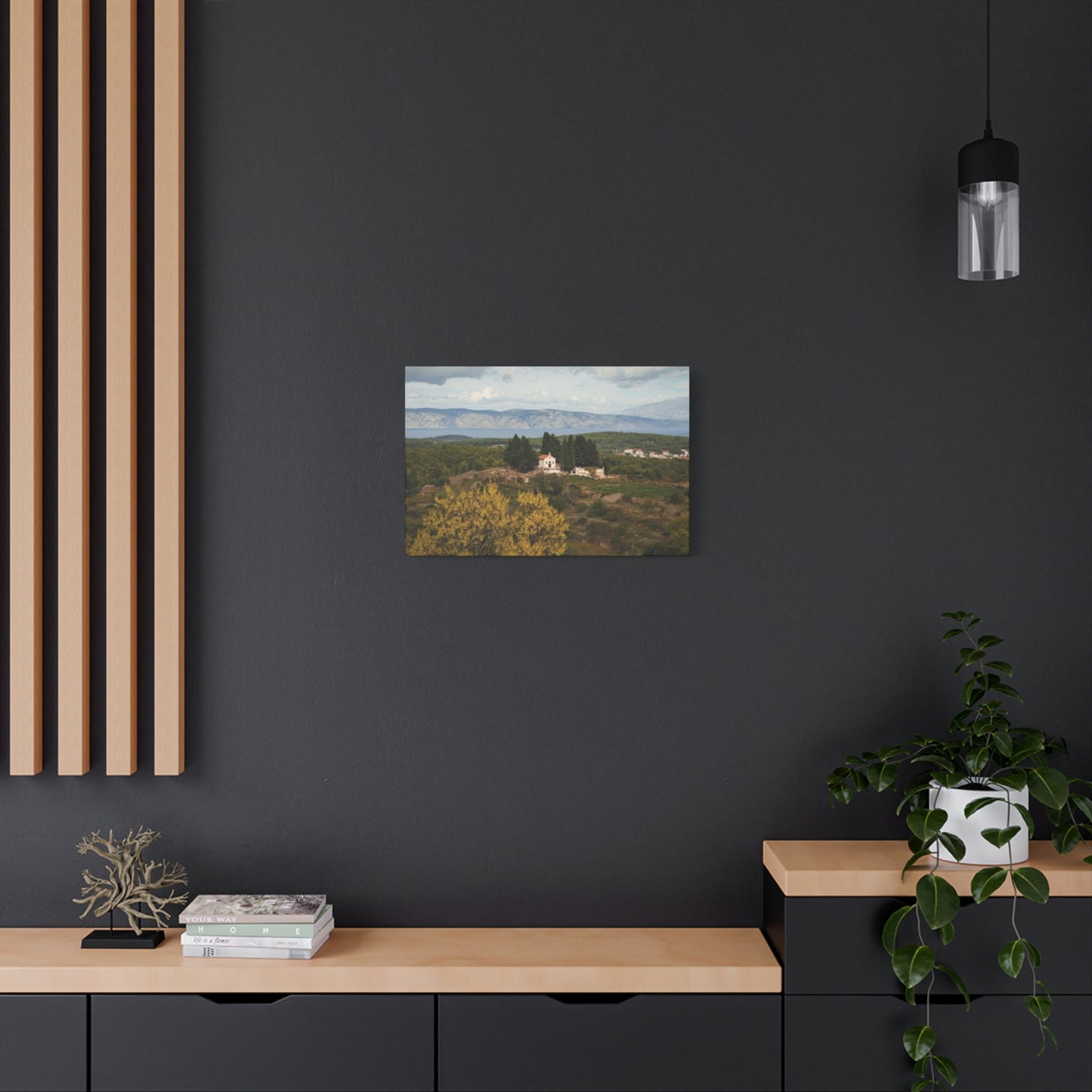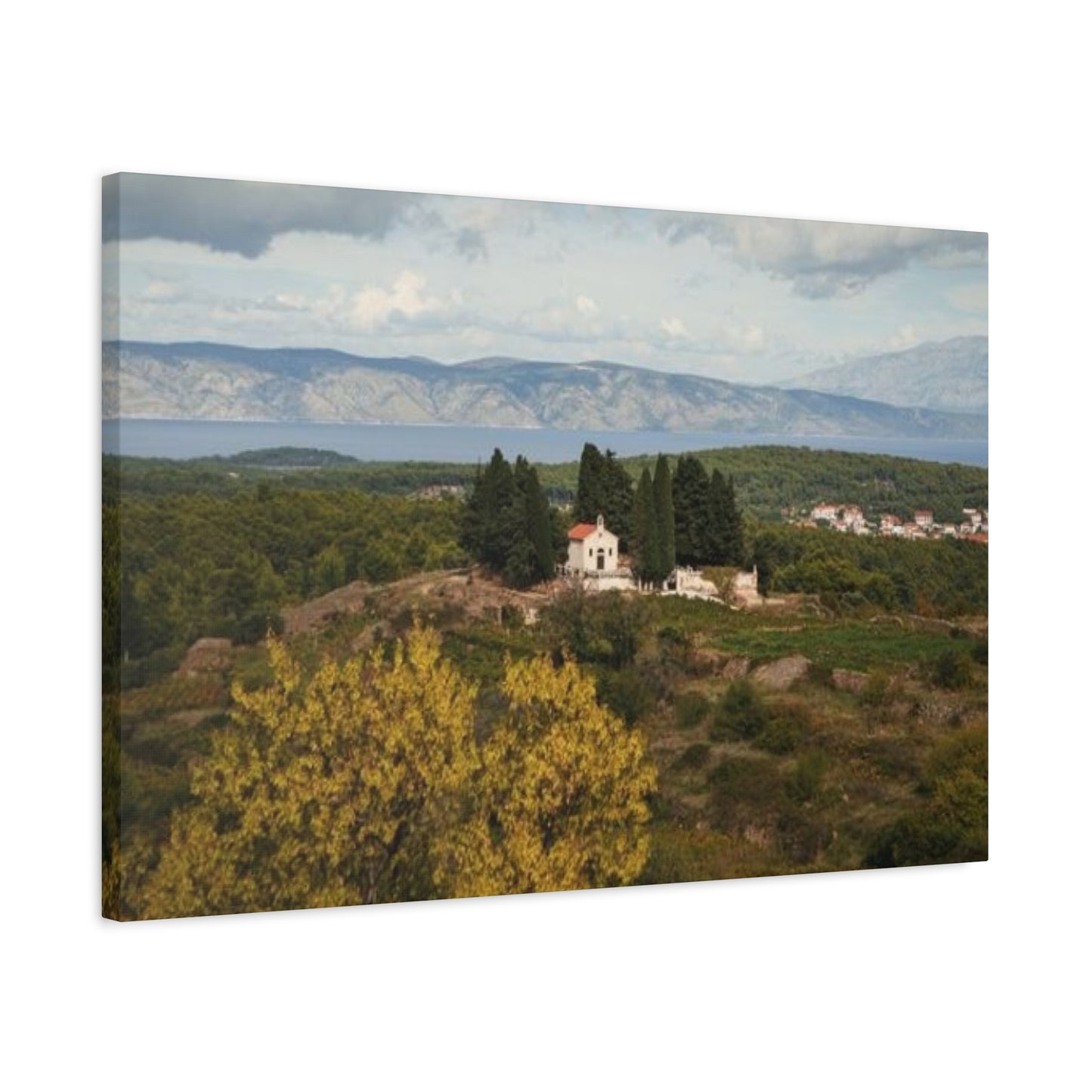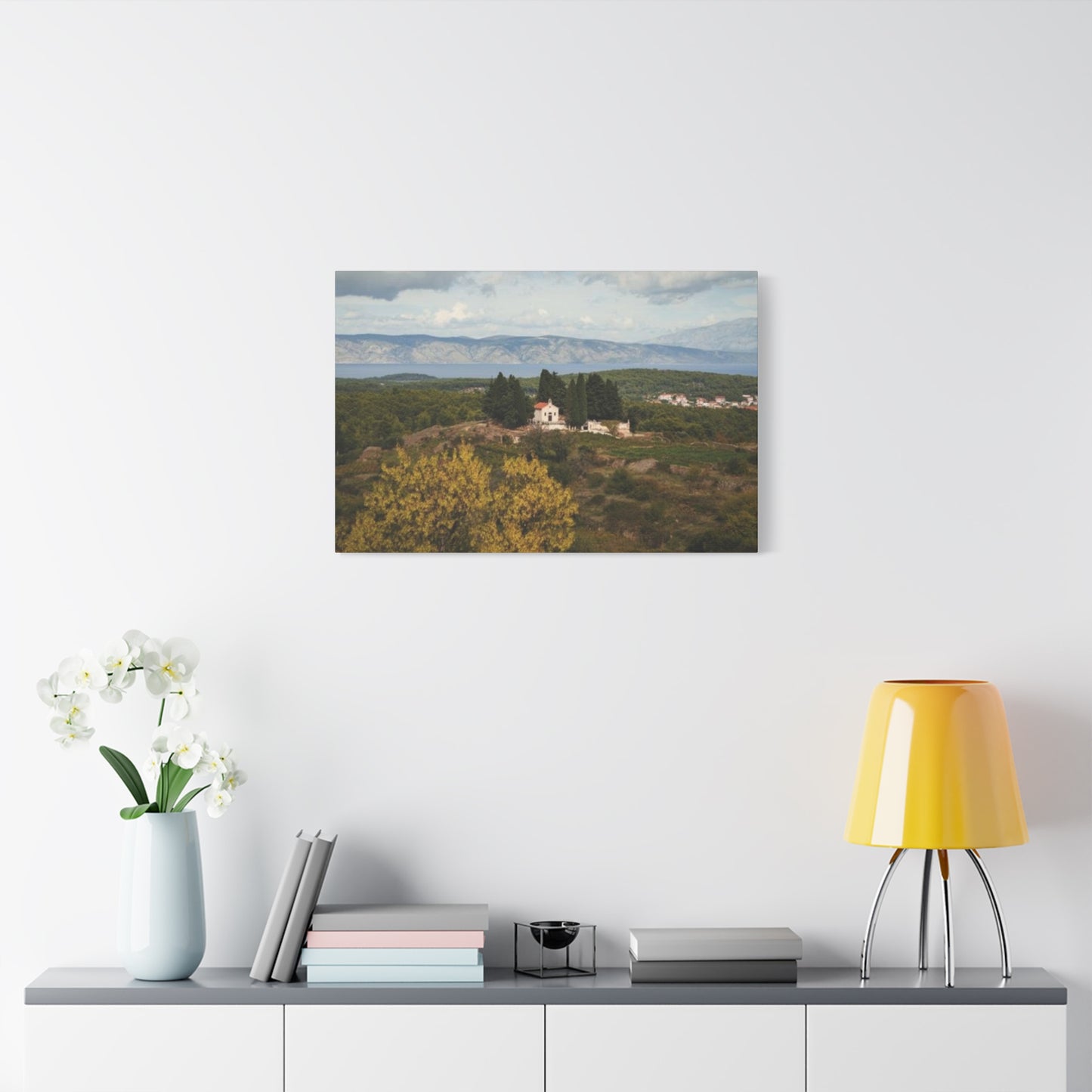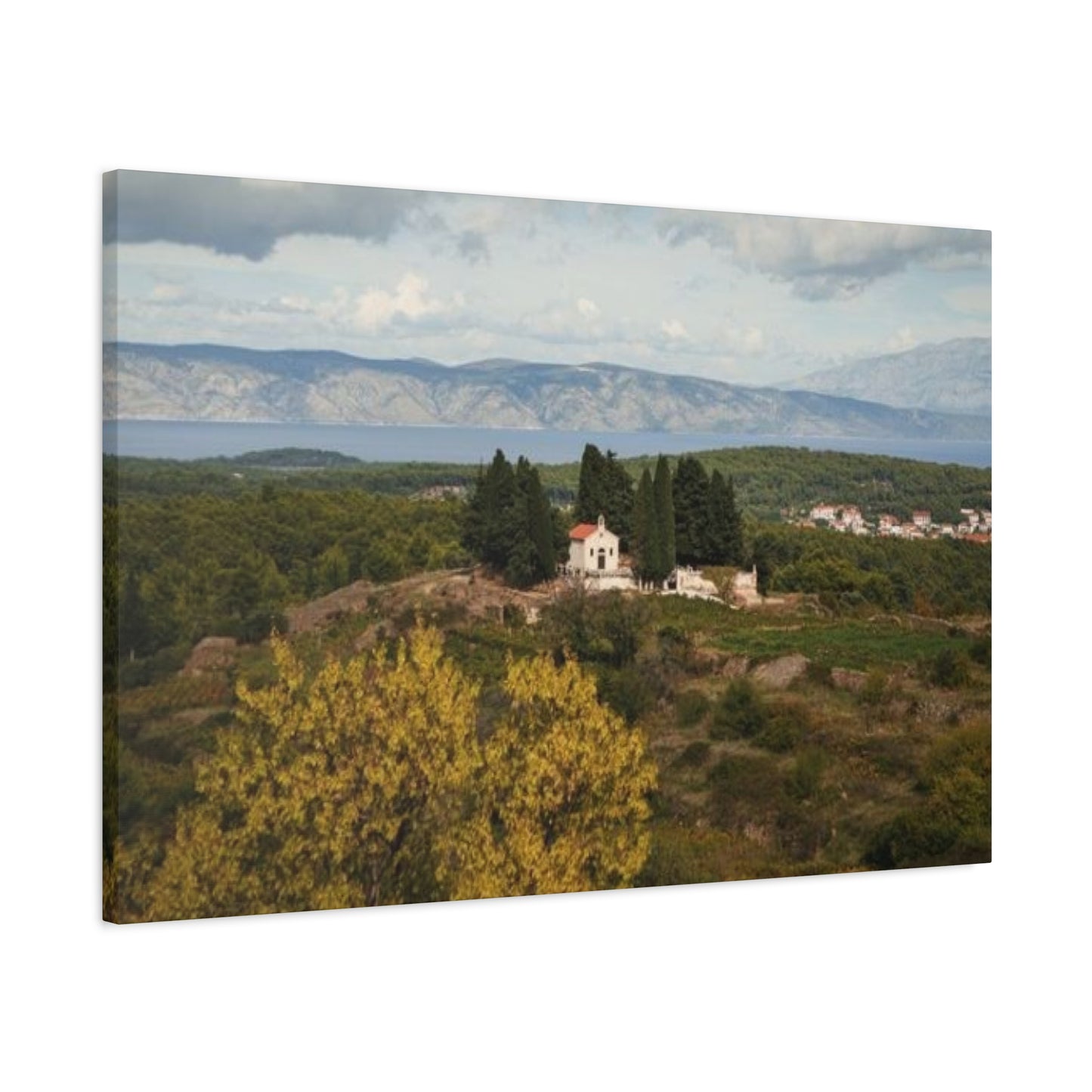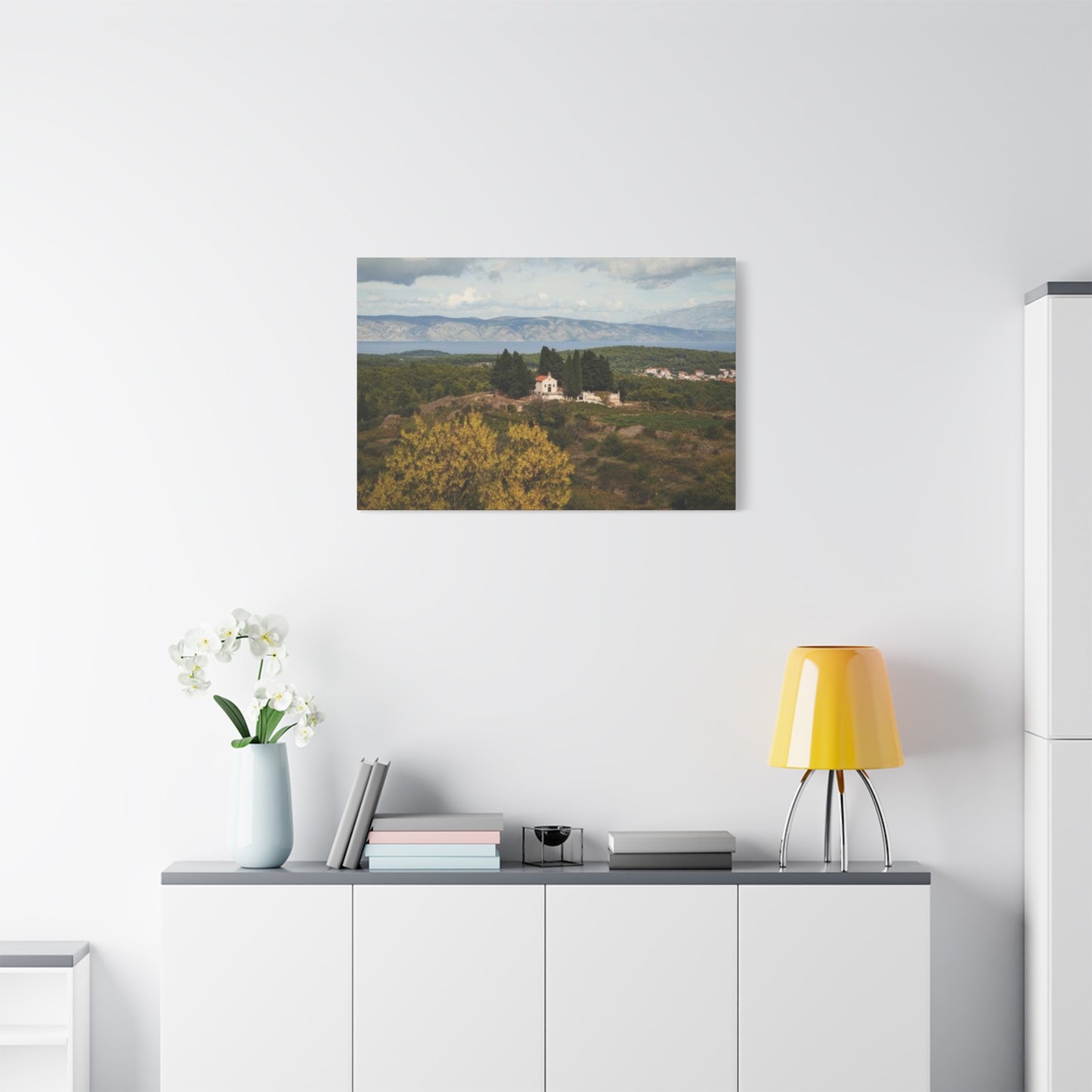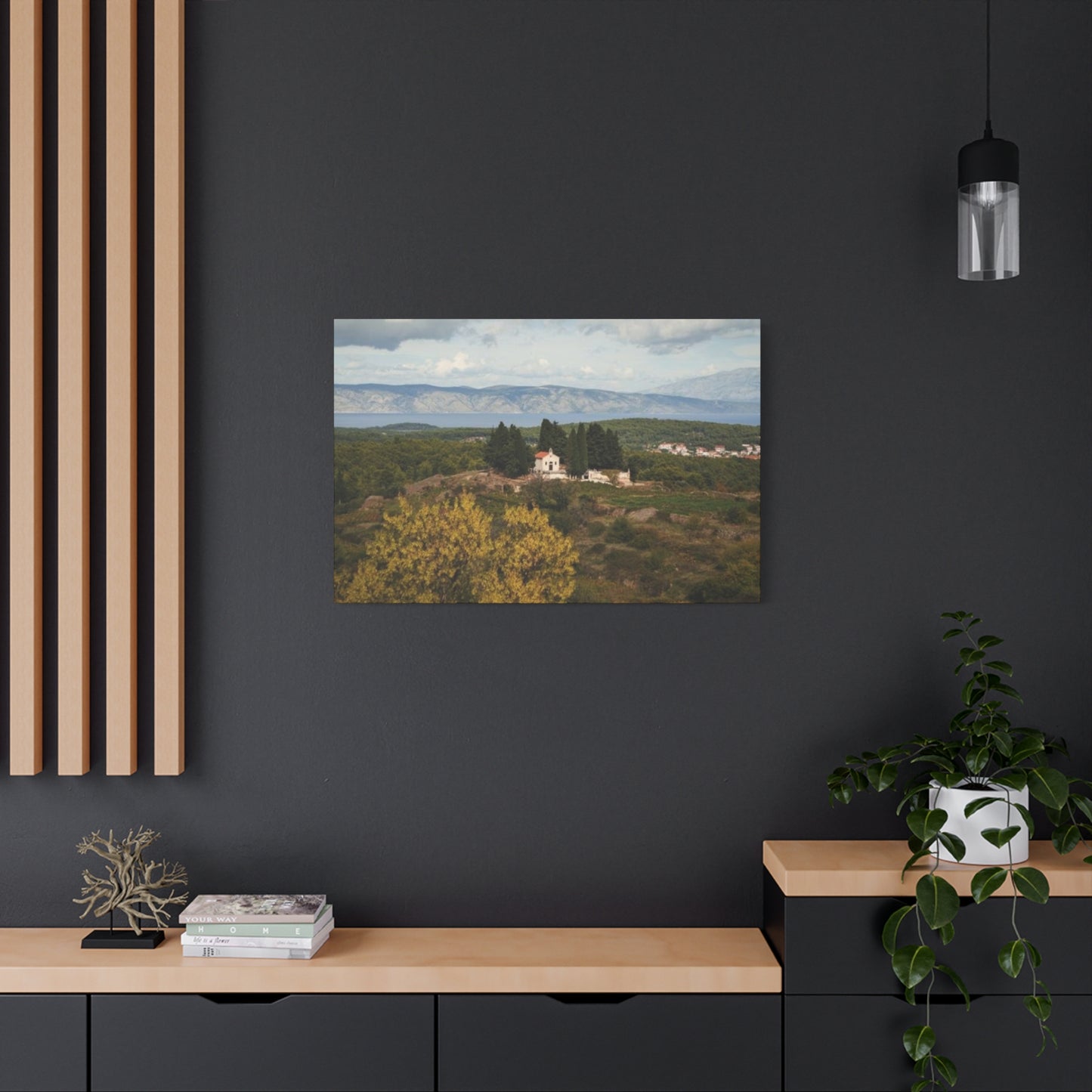Palace Fine Wall Art: Royal Canvas Prints for Sophisticated Home Enhancement
Palace fine art on canvas represents one of the most sophisticated forms of artistic expression that brings centuries of royal heritage directly into contemporary living environments. These magnificent pieces capture the grandeur, architectural brilliance, and cultural significance of historic palaces from around the world, transforming them into stunning visual narratives that speak to our deepest appreciation for beauty, history, and craftsmanship.
The appeal of palace canvas art lies in its ability to transport viewers to a different era, where opulence and artistic mastery were paramount. Each brushstroke tells a story of royal courts, magnificent ceremonies, and the architectural marvels that have stood as testaments to human creativity for generations. When displayed on canvas, these palatial scenes become more than mere decorations; they become windows into a world of elegance and sophistication that transcends time.
The process of creating palace fine art on canvas involves meticulous attention to detail, from the initial sketching of architectural elements to the final application of protective coatings. Artists who specialize in this genre must possess not only technical skill but also a deep understanding of historical accuracy and architectural principles. The result is artwork that captures not just the visual appearance of these magnificent structures, but also their emotional and cultural impact.
Modern printing techniques have revolutionized the way palace art is reproduced on canvas, allowing for incredible detail and color accuracy that brings these historic structures to life in ways previously impossible. High-resolution printing combined with quality canvas materials ensures that every architectural detail, from ornate moldings to intricate stonework, is rendered with stunning clarity and depth.
The psychological impact of palace canvas art cannot be understated. These pieces evoke feelings of grandeur, aspiration, and cultural connection that can transform the entire atmosphere of a room. Whether depicting the sun-drenched courtyards of Spanish palaces or the snow-covered turrets of Northern European castles, each piece brings its own unique energy and story to the living environment.
Renowned Palaces Captured in Fine Art Prints
The world's most magnificent palaces have been immortalized through fine art prints that capture their unique architectural splendor and historical significance. From the ornate baroque facades of Versailles to the exotic Islamic architecture of the Alhambra, these palace prints represent a global journey through architectural excellence and cultural heritage.
European palaces dominate much of the fine art print market, with Versailles leading as perhaps the most frequently depicted royal residence. The palace's Hall of Mirrors, with its seventeen mirror-clad arches reflecting the gardens beyond, has been captured in countless artistic interpretations. Each print attempts to convey not just the physical beauty of the hall but also the sense of infinite space and light that makes it one of the world's most photographed and painted rooms.
The Winter Palace in St. Petersburg offers another popular subject for fine art prints, with its distinctive green and white baroque facade creating a striking contrast against the Russian sky. Artists often focus on the palace's relationship with the Neva River, capturing reflections that double the visual impact and create stunning compositions that work beautifully in both traditional and contemporary settings.
Asian palaces bring a different aesthetic to canvas prints, with the Forbidden City in Beijing offering rich red walls and golden roofs that create warm, inviting compositions. The palace's massive scale and geometric precision translate beautifully to canvas, with artists often focusing on specific architectural elements like the intricate roof details or the imposing gates that have welcomed emperors for centuries.
The Potala Palace in Tibet presents unique challenges and opportunities for artists, with its dramatic mountain setting and distinctive Tibetan architectural style. Canvas prints of this palace often emphasize the building's integration with its natural surroundings, creating pieces that speak to themes of spirituality and harmony with nature.
Indian palaces like the Taj Mahal and various Rajasthani palaces offer opportunities to explore Islamic and Mughal architectural styles on canvas. The intricate geometric patterns, delicate minarets, and reflective pools create compositions that are both mathematically precise and emotionally moving. These prints often feature warm, golden lighting that emphasizes the romantic and mystical qualities of these structures.
Elevating Home Aesthetics with Palace Canvas Prints
Palace canvas prints possess a transformative power that can instantly elevate any residential environment from ordinary to extraordinary. These sophisticated artworks serve as more than decorative elements; they function as focal points that anchor entire rooms and establish a sense of refined taste and cultural awareness that speaks to the homeowner's appreciation for history and beauty.
The scale and grandeur inherent in palace imagery naturally commands attention and creates a sense of luxury that extends throughout the surrounding environment. Whether displayed as a single large statement piece or arranged in carefully curated groupings, palace canvas prints bring an immediate sense of sophistication that elevates the perceived value and aesthetic appeal of any room.
The color palettes typically found in palace artwork tend to be rich and complex, featuring deep blues, warm golds, elegant grays, and sophisticated earth tones that work harmoniously with a wide range of decorating styles. This versatility makes palace canvas prints an excellent investment for homeowners who may wish to redecorate over time, as these pieces can adapt to changing color schemes and design preferences.
The architectural elements depicted in palace canvas prints naturally create visual interest through their geometric patterns, symmetrical compositions, and intricate details. These elements add depth and complexity to room designs, creating layers of visual interest that reward closer examination and contribute to the overall sophistication of the environment.
Light plays a crucial role in how palace canvas prints enhance home aesthetics. The way natural and artificial light interacts with these pieces throughout the day creates an ever-changing display that keeps rooms feeling fresh and dynamic. Morning light might emphasize the warm golden tones in a palace facade, while evening lighting could highlight the dramatic shadows and architectural details.
The psychological impact of palace canvas prints extends beyond their visual appeal. These pieces create an aspirational atmosphere that can inspire homeowners and guests alike. The grandeur and history represented in these artworks can spark conversations about travel, history, and culture, making homes more engaging and intellectually stimulating environments.
Classic Versus Contemporary Palace Art Styles
The interpretation of palace imagery in fine art spans a broad spectrum from classical realism to contemporary abstract interpretations, each style offering unique advantages and aesthetic appeal. Understanding these different approaches helps collectors and decorators choose pieces that best align with their personal taste and home decor objectives.
Classical palace art maintains strict adherence to historical accuracy and traditional artistic techniques. These pieces often feature detailed architectural renderings that capture every ornamental element with precision and care. The color palettes tend to be naturalistic, reflecting the actual appearance of the palaces as they exist or existed historically. This style appeals to those who appreciate traditional craftsmanship and historical authenticity.
Romantic interpretations of palace art introduce emotional elements through enhanced lighting effects, dramatic skies, and idealized proportions. These pieces often feature palaces bathed in golden sunlight or silhouetted against dramatic storm clouds, creating moods that extend beyond mere architectural documentation. The romantic style particularly appeals to those who view palaces as symbols of fairy tales and dreams rather than simply historic buildings.
Impressionistic palace art focuses on capturing the essence and feeling of these magnificent structures rather than precise architectural details. These pieces often feature loose brushwork, vibrant color choices, and an emphasis on the emotional impact of the palace rather than its exact appearance. This style works particularly well in contemporary homes where the goal is to create atmosphere rather than historical accuracy.
Contemporary abstract interpretations of palace imagery deconstruct these familiar forms into geometric patterns, color studies, and conceptual explorations. These pieces might reduce a palace to its essential architectural lines, explore the relationship between positive and negative shapes, or experiment with color combinations that suggest the grandeur of palaces without literally depicting them.
Photorealistic digital art represents a modern approach to palace imagery that combines traditional artistic sensibilities with contemporary technology. These pieces can achieve levels of detail and accuracy that would be difficult or impossible with traditional media, while also allowing for creative manipulations that enhance the dramatic impact of the palace imagery.
Mixed media approaches combine traditional painting or printing techniques with contemporary elements like metallic accents, textural additions, or digital enhancements. These pieces bridge the gap between classical and contemporary aesthetics, appealing to those who appreciate both traditional craftsmanship and modern innovation.
Incorporating Palace Canvas Art in Luxury Settings
Luxury residential environments provide the perfect backdrop for palace canvas art, where these sophisticated pieces can be properly appreciated and integrated into overall design schemes that emphasize quality, refinement, and cultural sophistication. The key to successfully incorporating palace art into luxury settings lies in understanding how these pieces interact with architectural elements, furniture selections, and lighting design.
The scale of palace canvas art should be carefully considered in relation to the proportions of luxury rooms. Large, open spaces with high ceilings can accommodate oversized palace prints that match the grandeur of the subject matter. These dramatic pieces become architectural elements themselves, creating focal points that anchor entire seating arrangements or dining areas.
In luxury settings, the framing of palace canvas art becomes particularly important. Museum-quality frames crafted from premium materials like hand-carved wood or precious metals elevate the perceived value of the artwork while providing appropriate protection. The frame selection should complement both the artwork and the surrounding architectural details, creating a cohesive visual relationship.
Lighting design plays a crucial role in luxury presentations of palace canvas art. Professional picture lighting systems with adjustable beam angles and color temperatures can dramatically enhance the viewing experience while protecting the artwork from harmful UV radiation. Integrated lighting systems that work with home automation can adjust throughout the day to maintain optimal viewing conditions.
The placement of palace canvas art in luxury environments should consider traffic patterns, viewing angles, and the relationship to other architectural elements. Strategic placement can create dramatic reveals as guests move through the home, while careful consideration of sight lines ensures that these important pieces are properly appreciated from key seating positions.
Grouping strategies for palace canvas art in luxury settings often involve creating gallery-style arrangements that tell cohesive stories or explore related themes. A series depicting different European palaces might trace the evolution of baroque architecture, while contrasting pieces showing Eastern and Western palatial styles can create interesting cultural dialogues.
Expert Framing Techniques for Palace Canvas Prints
The proper framing of palace canvas prints requires careful consideration of both aesthetic and preservation factors to ensure these valuable artworks are displayed to their best advantage while receiving appropriate protection from environmental factors. Professional framing techniques can dramatically enhance the visual impact of palace canvas art while extending its lifespan significantly.
Frame selection should complement the style and period of the palace depicted while harmonizing with the surrounding decor. Traditional European palace prints often benefit from ornate gold or silver frames that echo the decorative elements of the palaces themselves. These frames might feature carved moldings, decorative corners, or metallic finishes that add luxury and visual weight to the presentation.
Contemporary interpretations of palace imagery might call for cleaner, more minimalist framing approaches that allow the artwork to speak for itself without competing decorative elements. Simple black or white frames with clean lines can provide elegant contrast while maintaining focus on the artwork itself.
Matting considerations for palace canvas prints involve balancing the need for visual breathing room with the desire to maximize the impact of the artwork. Wide mats in neutral tones can create elegant presentations that emphasize the sophistication of the subject matter, while narrower mats or no matting at all can create more intimate, immediate viewing experiences.
Conservation framing techniques become particularly important for valuable palace canvas prints. UV-filtering glazing protects against sun damage while maintaining color accuracy and preventing fading. Archival mounting materials ensure that the artwork is not damaged by acids or other harmful chemicals that might be present in lower-quality framing materials.
Climate control considerations in framing include allowing for natural expansion and contraction of canvas materials while preventing moisture damage and dimensional instability. Proper spacing between the artwork and glazing prevents condensation problems while allowing for air circulation.
Professional installation of framed palace canvas prints requires attention to wall preparation, weight distribution, and security considerations. Heavy frames require appropriate wall anchors and hanging systems that can support the weight while providing security against theft or accidental damage.
Historical Context Behind Palace-Themed Artwork
Understanding the historical context behind palace-themed artwork enriches the viewing experience and provides deeper appreciation for both the architectural subjects and the artistic traditions that have developed around them. Palace imagery in art reflects not only architectural achievement but also social hierarchies, political power structures, and cultural values that have shaped human civilization.
The tradition of depicting palaces in art began as a form of royal propaganda, with commissioned works serving to demonstrate the power and wealth of monarchs to both subjects and foreign dignitaries. These early works often emphasized the grandeur and scale of royal residences while incorporating symbolic elements that reinforced the divine right of kings and the stability of royal dynasties.
During the Renaissance, palace imagery became more sophisticated as artists developed new techniques for representing architectural details and spatial relationships. The development of linear perspective allowed artists to create more convincing depictions of palatial architecture, while advances in oil painting techniques enabled more nuanced representations of materials like marble, gold, and precious fabrics.
The Romantic period brought new emotional dimensions to palace imagery, with artists beginning to explore themes of nostalgia, decay, and the passage of time. Ruined palaces became popular subjects as artists and patrons grappled with the implications of political revolutions and changing social orders. These works often carried implicit commentaries on the temporary nature of earthly power.
The development of photography in the 19th century dramatically changed the role of palace imagery in art. While photographs could capture architectural details with unprecedented accuracy, painters began to focus more on interpretive and emotional aspects of palace subjects. This shift led to more abstract and impressionistic approaches that emphasized atmosphere and feeling over documentary accuracy.
Colonial expansion during the 18th and 19th centuries brought new palace imagery to European art as artists encountered Islamic, Asian, and other non-European architectural traditions. These cross-cultural exchanges enriched the vocabulary of palace imagery while sometimes reflecting the problematic power dynamics of colonial relationships.
Modern and contemporary artists have continued to find inspiration in palace imagery, often using these familiar symbols to explore themes of power, inequality, and cultural identity. Some contemporary works challenge traditional representations of palaces by highlighting the labor and resources required to build and maintain these structures.
Sourcing Authentic Palace Canvas Prints
Finding authentic, high-quality palace canvas prints requires careful research and attention to factors including artistic quality, printing techniques, materials, and the reputation of suppliers. The market for palace-themed artwork includes everything from museum-quality reproductions to mass-produced decorative prints, making informed purchasing decisions essential for collectors and decorators.
Reputable art galleries specializing in architectural or historical subjects often carry carefully curated selections of palace canvas prints. These establishments typically work directly with artists or authorized reproduction facilities to ensure authenticity and quality. Gallery relationships also provide access to limited editions and exclusive pieces that may not be available through other channels.
Museum shops represent another excellent source for authentic palace canvas prints, particularly for works depicting palaces that are part of museum collections. These reproductions are typically produced to museum standards using high-quality materials and printing techniques that ensure color accuracy and longevity.
Online marketplaces require more careful evaluation, as the quality and authenticity of palace canvas prints can vary dramatically. Reputable online art retailers provide detailed information about artists, printing techniques, and materials, along with return policies that protect buyers. Customer reviews and ratings can provide valuable insights into both print quality and customer service.
Artist-direct purchases offer opportunities to acquire original works or high-quality reproductions directly from the creators. Many artists who specialize in architectural subjects maintain online galleries or participate in art fairs where their palace-themed works can be viewed and purchased. This approach often provides the best value while ensuring authenticity.
Authentication considerations for palace canvas prints include verifying artist credentials, understanding printing techniques and materials, and recognizing signs of quality in both the artwork and presentation. Limited edition prints should include certificates of authenticity and clear information about edition sizes.
Price evaluation requires understanding the factors that contribute to the cost of palace canvas prints, including artist reputation, print quality, materials, size, and rarity. While higher prices often correlate with better quality, careful evaluation can identify excellent value opportunities from emerging artists or smaller publishers.
Integrating Palace Art with Vintage Decorative Schemes
The combination of palace canvas art with vintage decorative elements creates sophisticated layered environments that celebrate both architectural grandeur and historical design traditions. This approach requires careful balance to avoid overwhelming spaces while creating cohesive narratives that honor different periods and styles.
Color coordination becomes crucial when integrating palace art with vintage furnishings and accessories. Palace imagery typically features rich, complex color palettes that must harmonize with the often muted or aged colors found in vintage pieces. Successful integration often involves identifying common color threads that can serve as bridges between different elements.
Textural relationships between canvas art and vintage furnishings create important visual and tactile connections. The smooth surfaces of canvas prints provide elegant contrast to the aged patinas, worn fabrics, and weathered finishes characteristic of vintage pieces. This contrast prevents environments from becoming monotonous while highlighting the unique qualities of each element.
Scale considerations involve balancing the grandeur inherent in palace imagery with the more intimate proportions often found in vintage furnishings. Smaller palace prints can work beautifully with delicate vintage pieces, while larger works might require more substantial vintage elements to maintain visual balance.
Stylistic bridging techniques help create smooth transitions between the formality of palace imagery and the character-rich informality of many vintage pieces. This might involve choosing palace prints with softer, more romantic interpretations that complement the weathered charm of vintage accessories.
Lighting strategies for vintage-palace combinations should enhance both elements without overwhelming either. Soft, warm lighting often works best, as it complements the aged character of vintage pieces while bringing out the rich colors and details in palace artwork.
Arrangement principles focus on creating visual conversations between palace art and vintage pieces rather than simply placing them in proximity. This might involve echoing architectural elements from palace prints in the lines of vintage furniture or creating color relationships that tie disparate elements together.
Abstract Interpretations of Palace Art on Canvas
Abstract palace art on canvas represents a fascinating evolution of traditional architectural imagery, where familiar palatial forms are deconstructed, reimagined, and transformed into contemporary artistic expressions that maintain connection to their historic subjects while exploring new aesthetic territories. These works appeal to collectors who appreciate both historical references and modern artistic innovation.
Geometric abstraction applied to palace imagery often focuses on the underlying mathematical relationships and proportional systems that govern palatial architecture. Artists might reduce complex palace facades to essential geometric forms, exploring relationships between rectangles, arches, and decorative elements through simplified compositions that retain the essence of grandeur while achieving contemporary relevance.
Color field approaches to palace abstraction explore the emotional and atmospheric qualities of these magnificent structures through large areas of color that suggest rather than literally depict architectural elements. A canvas might use graduating blues to suggest the sky above a palace dome, or rich golds to evoke the warmth of sunlight on palace walls.
Expressionistic interpretations of palace themes allow artists to project emotional responses to palatial grandeur onto canvas through bold brushwork, intense colors, and dynamic compositions. These works might capture the awe-inspiring nature of palace architecture through gestural marks that convey movement and energy rather than static architectural details.
Cubist influences in abstract palace art involve fragmenting and reassembling palatial imagery to explore multiple viewpoints simultaneously. These works might show different architectural elements from various perspectives within a single composition, creating complex visual experiences that challenge traditional ways of seeing and understanding architectural forms.
Mixed media abstract palace works incorporate various materials and techniques to create textural richness that goes beyond traditional painting. These pieces might combine painting with collage elements, metallic accents, or dimensional additions that create physical depth and tactile interest while maintaining abstract approaches to the subject matter.
Contemporary digital approaches to abstract palace art utilize computer-generated imagery and digital manipulation to create new interpretations of familiar palatial forms. These works might combine photographic elements with digital painting, 3D modeling, or algorithmic generation to create unique hybrid pieces that bridge traditional and contemporary artistic practices.
Palace Fine Art for Professional Office Environments
Palace fine art brings sophistication, cultural gravitas, and aspirational qualities to professional office environments, where these pieces can enhance corporate image while creating more engaging and inspiring workplaces. The selection and placement of palace canvas art in offices requires consideration of professional appropriateness, employee morale, and client impression management.
Executive office applications for palace canvas art emphasize pieces that convey authority, success, and cultural refinement without appearing ostentatious or inappropriate. Single large-scale works often work better than multiple smaller pieces in executive settings, creating focal points that command respect while maintaining professional dignity.
Reception area installations of palace art should create positive first impressions while reflecting company values and aesthetic sensibilities. These pieces often work best when they complement architectural elements of the office building itself, creating cohesive environments that feel intentionally designed rather than randomly decorated.
Conference room applications require palace art that inspires confidence and creativity without distracting from business discussions. Pieces with more neutral color palettes and classical compositions often work best in these settings, providing visual interest without overwhelming meeting participants.
The psychological impact of palace imagery in work environments can be significant, as these pieces can inspire employees and clients alike while creating associations with success, excellence, and achievement. However, care must be taken to ensure that palace art enhances rather than intimidates, creating environments that feel aspirational rather than exclusionary.
Maintenance considerations for palace canvas art in offices include protection from cleaning chemicals, high-traffic wear, and environmental factors like air conditioning systems. Professional-grade framing and placement strategies can minimize these issues while ensuring long-term preservation of valuable artworks.
Budget considerations for office palace art installations often favor high-quality reproductions over original works, allowing companies to achieve sophisticated aesthetic goals while managing costs effectively. Leasing programs and rotating exhibitions can provide additional flexibility for companies that want to maintain fresh, dynamic art programs.
Creating Royal Ambiance with Palace Canvas Prints
The creation of truly royal ambiance through palace canvas prints requires understanding how these powerful images interact with other design elements to create environments that evoke the grandeur, elegance, and cultural sophistication associated with historic royal residences. This process involves more than simply hanging palace imagery; it requires thoughtful integration of multiple design elements.
Color orchestration plays a fundamental role in creating royal ambiance, as palace prints typically feature rich, complex palettes that must be echoed and supported throughout the surrounding environment. Deep jewel tones, metallic accents, and sophisticated neutrals work together to create the layered color relationships characteristic of truly elegant rooms.
Texture layering enhances the luxurious feeling created by palace canvas art through the careful selection of fabrics, materials, and finishes that complement the visual richness of the artwork. Velvet upholstery, silk draperies, and polished wood surfaces all contribute to the tactile luxury that supports the visual grandeur of palace imagery.
Lighting design becomes crucial in creating royal ambiance, as proper illumination can dramatically enhance the impact of palace canvas art while creating the warm, inviting atmosphere characteristic of elegant residential environments. Multiple light sources at different levels prevent harsh shadows while creating the gentle, enveloping quality of light found in the finest homes.
Furniture selection should complement the scale and formality suggested by palace canvas art without competing for attention. Pieces with classical proportions, quality materials, and refined details work best, creating environments where every element contributes to the overall sense of sophistication and refinement.
Accessory coordination involves selecting decorative objects that reinforce the cultural and aesthetic themes suggested by palace artwork. This might include carefully chosen ceramics, metalwork, or sculptural pieces that echo the artistic traditions represented in the canvas prints.
Spatial organization should create clear focal points around palace canvas art while maintaining traffic flow and functional requirements. The goal is to create environments where the grandeur of palace imagery feels natural and integrated rather than imposed or artificial.
DIY Palace-Inspired Wall Art Projects
Creating DIY palace-inspired wall art projects allows art enthusiasts to explore palatial themes while developing personal artistic skills and creating unique pieces that reflect individual taste and creativity. These projects can range from simple reproduction techniques to complex mixed-media compositions that incorporate various artistic approaches and materials.
Canvas preparation forms the foundation of successful DIY palace art projects, requiring attention to sizing, priming, and texture creation that will support the chosen artistic techniques. Proper preparation ensures that finished pieces will have professional appearance and longevity while providing stable surfaces for various media applications.
Color mixing techniques for palace-inspired projects involve understanding the complex color relationships found in historic palace architecture and learning to recreate these sophisticated palettes through careful paint selection and blending. This includes mastering techniques for creating the warm golds, deep blues, and elegant grays characteristic of palatial imagery.
Architectural drawing skills become important for DIY palace projects that attempt to capture the geometric precision and proportional relationships of actual palace structures. Basic perspective drawing techniques allow artists to create convincing architectural renderings that serve as foundations for more complex artistic treatments.
Texture creation methods can add dimensional interest to DIY palace art through techniques like impasto painting, collage applications, or mixed media approaches that simulate the varied surfaces found in palace architecture. These techniques can create visual and tactile richness that enhances the impact of the finished pieces.
Reference material gathering involves collecting high-quality images, architectural drawings, and historical information about chosen palace subjects. This research phase ensures accuracy and provides inspiration for creative interpretations while building understanding of the cultural and historical significance of the chosen subjects.
Finishing techniques for DIY palace art projects include proper varnishing, framing, and presentation methods that protect the artwork while enhancing its visual impact. Professional finishing can transform amateur efforts into sophisticated pieces worthy of prominent display in home environments.
Palace Prints as Commanding Focal Points
Palace canvas prints possess inherent qualities that make them natural focal points in residential and commercial environments, where their scale, subject matter, and visual complexity can anchor entire room designs while creating memorable impressions that enhance overall aesthetic impact. Understanding how to maximize this focal point potential requires attention to placement, lighting, and supporting design elements.
Placement strategies for focal point palace prints involve considering viewing angles, traffic patterns, and architectural features that can enhance or detract from the artwork's impact. The most effective placements create natural viewing opportunities while avoiding competition from other strong visual elements that might diminish the palace print's commanding presence.
Scale relationships between palace prints and surrounding elements determine whether these pieces will successfully dominate their environments or become lost among competing visual information. Proper scale selection ensures that palace prints maintain their intended impact while remaining proportional to room dimensions and furniture arrangements.
Lighting optimization for focal point palace prints requires multiple light sources that eliminate harsh shadows while providing even illumination across the entire artwork surface. Professional picture lighting systems offer the most control, but creative use of existing lighting can also achieve excellent results when properly planned and executed.
Color harmony between palace prints and surrounding environments enhances focal point effectiveness by creating visual relationships that support rather than compete with the artwork. This often involves selecting wall colors, furniture finishes, and accessory choices that complement the palette of the palace print while maintaining sufficient contrast to ensure visual prominence.
Supporting element selection involves choosing furniture, accessories, and decorative objects that reinforce the importance of the palace print without overwhelming it. This might include selecting pieces with classical proportions or historical references that echo themes found in the artwork while maintaining visual subordination.
Traffic flow considerations ensure that focal point palace prints can be properly appreciated from key positions within rooms while avoiding placement that might interfere with functional requirements. Strategic placement can create dramatic reveals as people move through environments, enhancing the overall impact of these commanding pieces.
Cultural Significance of Palace Imagery
Palace imagery carries profound cultural significance that extends far beyond mere architectural documentation, representing complex relationships between power, beauty, history, and human aspiration that have evolved over centuries of artistic tradition. Understanding these cultural dimensions enhances appreciation for palace canvas art while providing insight into the broader role of architecture in human civilization.
Symbol systems embedded in palace imagery reflect historical power structures and social hierarchies that continue to resonate in contemporary culture. Palatial architecture traditionally served as physical manifestation of royal authority, with design elements specifically chosen to communicate messages about power, permanence, and divine sanction that extended far beyond simple functional requirements.
Cross-cultural comparisons of palace imagery reveal fascinating differences in architectural traditions, aesthetic preferences, and cultural values that have shaped human civilization. European baroque palaces emphasize different cultural priorities than Islamic palace architecture or Asian imperial complexes, creating opportunities for rich cultural dialogue through artistic comparison.
Historical evolution of palace representation in art reflects changing social attitudes toward authority, luxury, and cultural heritage over time. Early palace imagery often served propagandistic purposes, while contemporary interpretations might critique or deconstruct traditional power relationships through artistic reinterpretation of familiar symbols.
Religious and spiritual dimensions of palace imagery connect these secular structures to broader themes of transcendence, aspiration, and human relationships with divine power. Many palace designs incorporate religious symbolism or reflect spiritual beliefs that influenced their original construction and continue to impact their cultural significance.
Political implications of palace imagery in contemporary contexts involve ongoing debates about heritage preservation, cultural ownership, and the appropriate role of historic luxury in modern democratic societies. These discussions influence how palace art is created, displayed, and interpreted in contemporary cultural contexts.
Educational value of palace imagery provides opportunities to explore history, architecture, art, and cultural studies through engaging visual media that makes abstract concepts more accessible and memorable. Palace canvas art can serve as starting points for deeper exploration of cultural heritage and historical understanding.
Palace Art as Travel Inspiration
Palace canvas art serves as powerful inspiration for travel dreams and cultural exploration, connecting viewers with distant places and historical periods while fostering appreciation for global architectural heritage and cultural diversity. These pieces can transform homes into launching points for imaginary journeys while inspiring actual travel planning and cultural education.
Virtual travel experiences through palace art allow viewers to explore magnificent structures from around the world without leaving their homes, providing detailed visual access to architectural marvels that might otherwise remain unknown or inaccessible. High-quality palace prints can reveal architectural details and artistic elements that might be difficult to appreciate even during actual visits.
Educational preparation for travel can be enhanced through palace canvas art that introduces viewers to architectural styles, historical periods, and cultural contexts they might encounter during actual journeys. This preparation can make travel experiences richer and more meaningful by providing visual familiarity with important cultural landmarks.
Cultural bridge-building through palace imagery creates connections between different architectural traditions and cultural values that can foster greater understanding and appreciation for global diversity. Displaying palace art from various cultures demonstrates openness to different aesthetic traditions while creating opportunities for cross-cultural learning.
Memory enhancement for past travels can be supported through palace canvas art that captures the essence of places already visited, helping to preserve and celebrate travel experiences while creating lasting connections to meaningful cultural encounters. These pieces can serve as sophisticated alternatives to tourist photography while maintaining emotional connections to special places.
Travel planning inspiration drawn from palace canvas art can introduce viewers to destinations they might not otherwise consider while providing visual motivation for cultural tourism and heritage exploration. The beauty captured in these pieces can spark curiosity about the actual locations and inspire concrete travel planning.
Armchair exploration through palace art provides rich cultural experiences for those who may be unable to travel due to physical, financial, or other limitations. These pieces can create meaningful connections to global culture while providing aesthetic pleasure and intellectual stimulation through careful study and appreciation.
Preservation and Care of Fine Art Canvas Prints
Proper care and preservation of palace canvas prints ensures these valuable artworks maintain their beauty and value over time while providing long-term enjoyment for collectors and decorators. Understanding conservation principles and implementing appropriate care routines can significantly extend the lifespan of canvas artworks while preventing common forms of deterioration.
Environmental control represents the most important factor in canvas print preservation, as temperature fluctuations, humidity changes, and air quality issues can cause significant damage over time. Maintaining stable environmental conditions prevents expansion and contraction cycles that can stress canvas materials while reducing the risk of mold growth and other moisture-related problems.
UV protection through proper glazing and lighting choices prevents the photochemical reactions that cause colors to fade and materials to become brittle over time. Museum-quality UV-filtering materials can provide excellent protection while maintaining color accuracy and visual clarity that preserves the intended aesthetic impact of palace canvas prints.
Handling procedures for canvas prints require gentle techniques that minimize stress on both canvas and frame materials. Proper lifting techniques, clean hands or gloves, and appropriate support during movement prevent tears, creases, and other physical damage that can permanently compromise artwork integrity.
Cleaning protocols for canvas prints must balance the need to remove accumulated dirt and pollutants with the risk of damage from inappropriate techniques or materials. Professional conservation cleaning often provides the safest approach for valuable pieces, while routine maintenance can be performed using approved methods and materials.
Display considerations for long-term preservation include avoiding placement near heat sources, direct sunlight, or high-traffic areas where artworks might be subject to accidental damage. Strategic placement can provide protection while maintaining visibility and aesthetic impact.
Documentation and insurance considerations for valuable palace canvas prints include maintaining detailed records of provenance, condition, and conservation treatments while ensuring appropriate insurance coverage that reflects current market values and replacement costs.
Incorporating Palace Art into Traditional Residential Settings
Traditional residential environments provide ideal contexts for palace canvas art, where historical references, classical proportions, and established decorative traditions create natural harmony with palatial imagery. Success in these settings requires understanding how palace art can complement traditional design elements while adding fresh interest and cultural dimension.
Architectural compatibility between palace canvas art and traditional home design often creates seamless integration opportunities where the formality and classical references in both elements support each other naturally. Traditional moldings, proportional relationships, and material choices provide excellent frameworks for displaying palace imagery effectively.
Period coordination involves selecting palace prints that complement the historical periods referenced in traditional home furnishings and architectural details. Georgian homes might feature prints of English country houses, while Colonial Revival settings could incorporate European palace imagery that reflects the cultural aspirations of early American society.
Color integration in traditional settings often involves working with established color schemes that emphasize warm neutrals, deep jewel tones, and sophisticated combinations that have proven successful over time. Palace canvas prints typically feature color palettes that harmonize beautifully with these traditional preferences while adding visual richness and complexity.
Scale relationships in traditional rooms require careful consideration of established furniture arrangements and architectural proportions that have been developed over centuries of successful design practice. Palace prints must complement these time-tested relationships while adding their own visual weight and importance to room compositions.
Furniture coordination between palace art and traditional pieces creates opportunities to reinforce classical themes and proportional relationships that enhance the overall sophistication of residential environments. Antique and reproduction furniture often share aesthetic DNA with palace architecture, creating natural visual harmony.
Lighting traditions in classical home design provide excellent foundations for properly illuminating palace canvas art through established techniques that have evolved to enhance both architectural and artistic elements effectively. Traditional lighting approaches often create the warm, inviting atmospheres that best complement palace imagery.
Conclusion
Palace wall art represents far more than mere decorative elements; these sophisticated canvas prints serve as bridges between past and present, connecting contemporary living environments with centuries of architectural achievement and cultural heritage. Throughout this comprehensive exploration, we have examined the multifaceted world of palace canvas art, from its historical significance to its practical application in modern home and office environments.
The enduring appeal of palace imagery lies in its unique ability to simultaneously inspire and comfort, offering viewers glimpses of grandeur while creating sophisticated atmospheric foundations for daily life. Whether depicting the sun-drenched courtyards of Mediterranean palaces or the snow-dusted turrets of Northern European castles, these artworks bring cultural richness and visual complexity that elevates any environment in which they are thoughtfully placed.
The versatility of palace canvas art across different design styles and settings demonstrates its fundamental compatibility with human aesthetic preferences. From traditional residential environments that naturally complement palatial formality to contemporary commercial settings that benefit from cultural gravitas, palace prints adapt beautifully while maintaining their essential character and impact.
The technical aspects of selecting, framing, and preserving palace canvas art require attention to detail but reward careful consideration with lasting beauty and value. Understanding the interplay between artwork and environment, from lighting considerations to color coordination, enables collectors and decorators to maximize the impact of these powerful pieces while ensuring their longevity.
The cultural significance embedded in palace imagery provides opportunities for ongoing education and inspiration that extend far beyond aesthetic appreciation. These artworks serve as windows into different cultures, historical periods, and architectural traditions, fostering broader understanding of global heritage while inspiring travel dreams and cultural exploration.
As we look toward the future of palace wall art, emerging technologies and evolving artistic sensibilities continue to expand the possibilities for creating and displaying these meaningful pieces. Digital printing advances, sustainable materials, and innovative framing techniques ensure that palace canvas art will continue to evolve while maintaining its essential connection to historical architectural achievement.
The investment value of quality palace canvas prints extends beyond mere financial considerations to encompass the intangible benefits of living with beautiful, meaningful art that enriches daily experience and creates lasting connections to global cultural heritage. In an increasingly digital world, the tactile presence and visual richness of canvas art provides grounding and authenticity that enhances quality of life in measurable ways.













